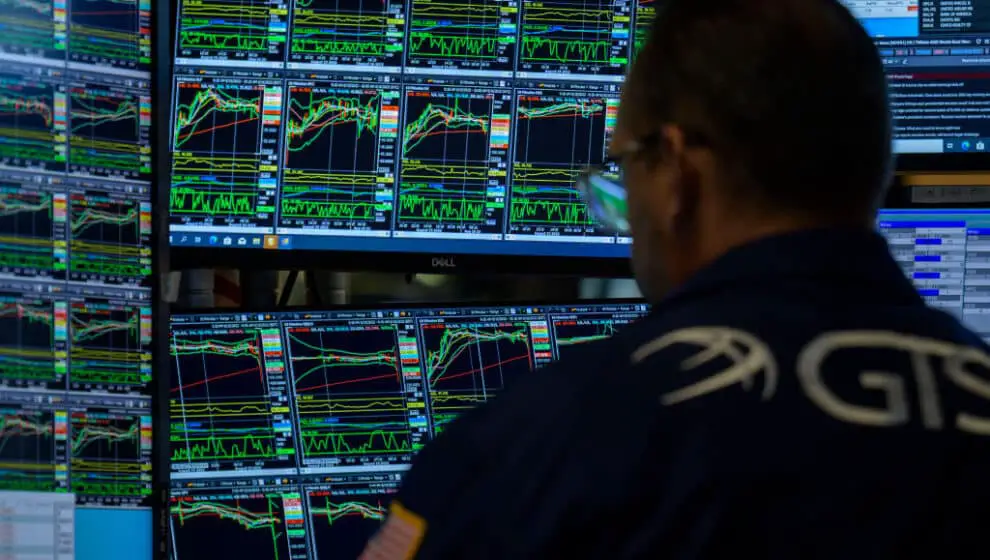A drop in U.S. labor productivity signals a negative outcome for the economy.
Key details
U.S. Department of Labor figures show that labor productivity has declined for the second consecutive quarter. The decrease has coincided with the rise in labor costs. Unit labor costs jumped 10.8% in the past quarter from prior months. This is the biggest increase from a year earlier since 1982, reports Bloomberg.
“Second-quarter productivity plummeted the most on a year-over-year basis since the data first became available in 1947. Declines of this magnitude are not sustainable—scorching labor costs will eventually lead to hiring freezes and outright layoffs unless there is a strong growth rebound. Increased recession odds suggest the former is more likely than the latter,” say economists Yelena Shulyatyeva and Eliza Winger.
Why it’s news
This comes on the heels of conflicting economic news. The imminent future of the U.S. economy is not clear, as the stock market and job news have been strong in spite of key economic indicators trending negative.
The July job report showed that 528,000 new jobs were created and that the unemployment rate had dropped to 3.5%. This would correlate with the consistent economic growth since April 2021, when GDP returned to pre-pandemic levels.
Indicators would suggest that overall economic output is contracting. High inflation, supply-chain volatility, and weakening consumer sentiment are affecting businesses and consumers. The GDP fell at a 0.9% annual rate in the past quarter while the economy contracted for two consecutive quarters. “The report indicated the economy met a commonly used definition of recession—two straight quarters of declining economic output,” says The Wall Street Journal.
Notable quote
“Rising productivity is the key to improving living standards; it allows companies to raise wages without raising prices and fueling inflation. Instead, businesses appear to be paying workers more to produce less. The higher unit labor costs suggest companies will either endure lower profits or pass on higher costs to consumers,” says The Wall Street Journal.
Backing up a bit
Bloomberg notes that the good jobs numbers are a “bright spot in an otherwise darkening economic picture. Decades-high inflation has weighed on consumer spending and prompted aggressive monetary policy action by the Fed to curb it.”
The Federal Reserve has increased interest rates four times since March in an attempt to address rising inflation. The surge in unit labor costs could impede the Fed’s goal of reducing inflation to 2%, according to Wells Fargo economic Sarah House.
“It will likely take some time to establish the underlying trend in productivity in the wake of the pandemic, but if it has permanently downshifted, there could be lasting repercussions for the well-being of the economy in the long run,” says Bloomberg.
